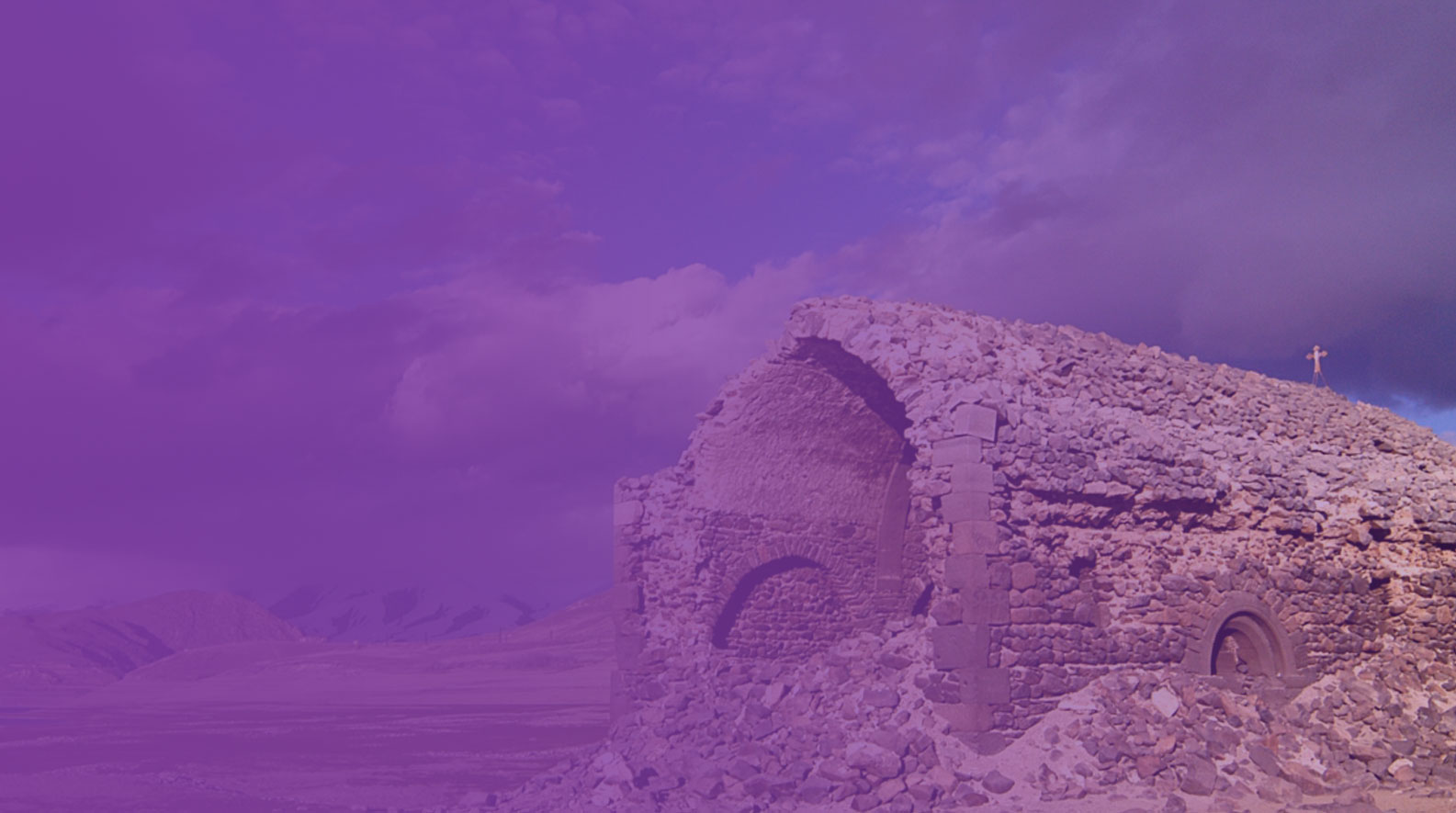Lilit Mkrtchyan, M.D.
Born into a family of physicians, Mkrtchyan describes herself as a hereditary doctor. Her father, Gevorg, is an abdominal surgeon, mother, Ivetta, is an ophthalmologist, and older sister, Nune, is a pediatrician.
“I grew up in an atmosphere of concern for patients, discussing treatment and medical issues [with my family],” she says. “My decision to become a doctor, I think, was a logical and emotional outcome of these circumstances.”
Learn More


